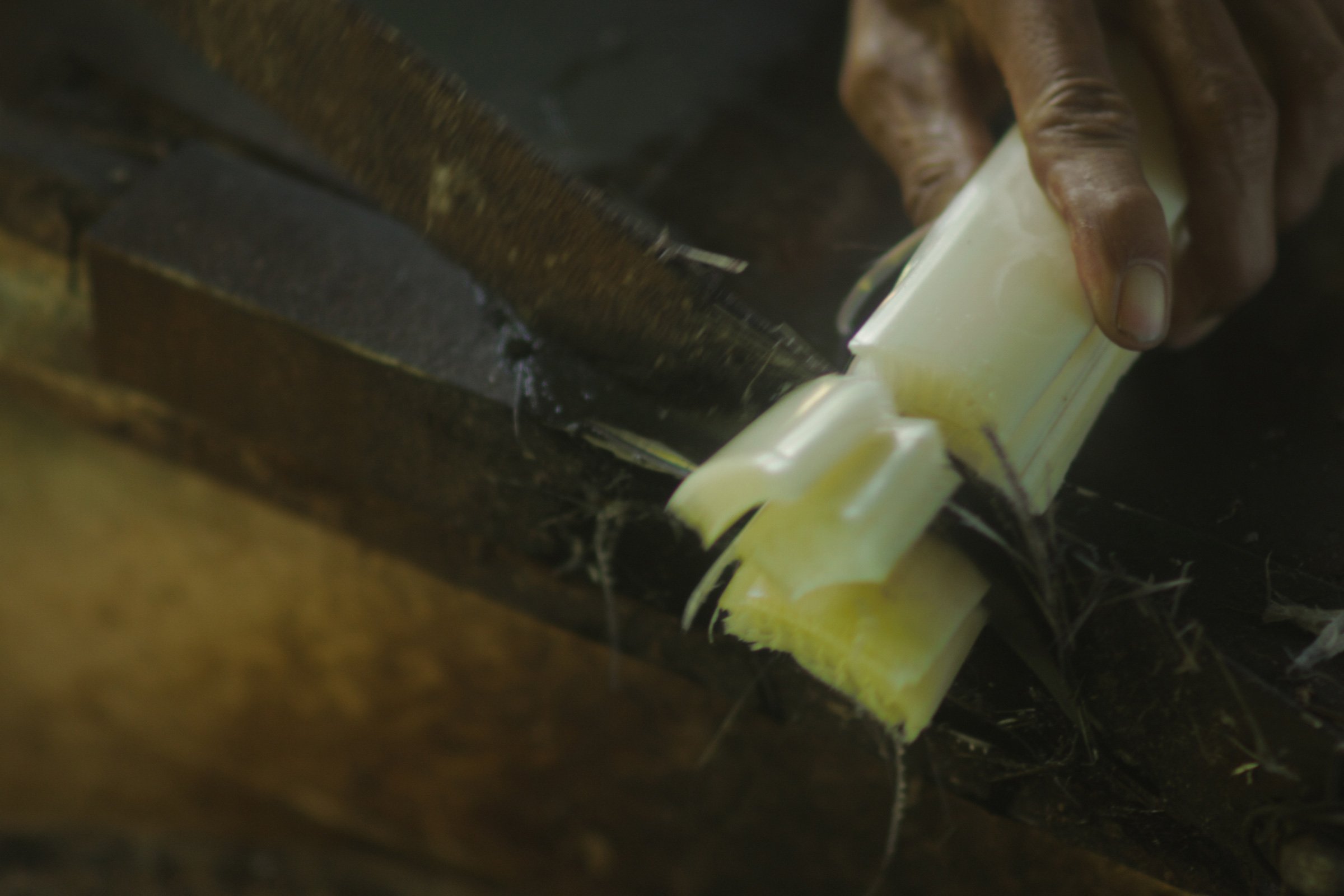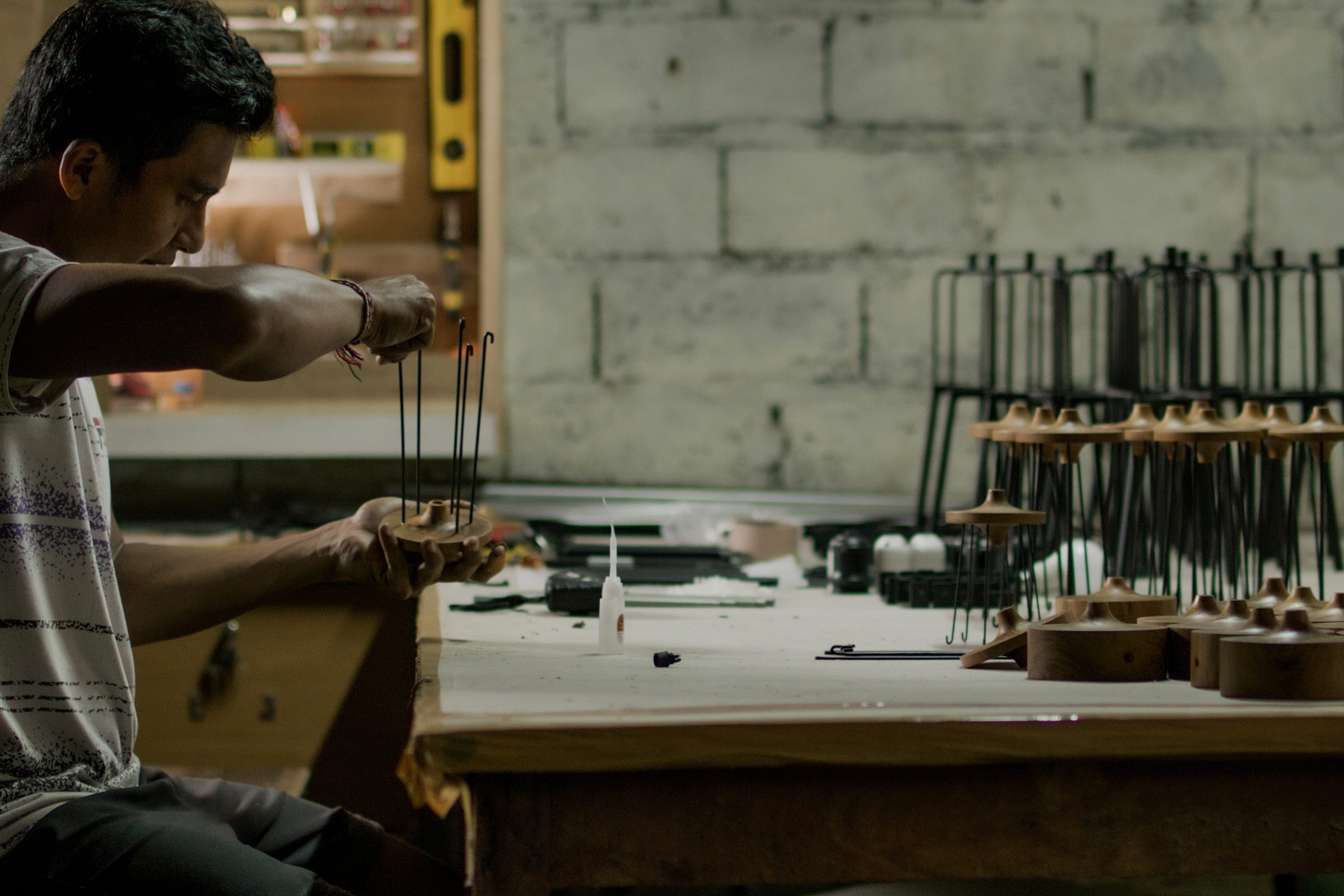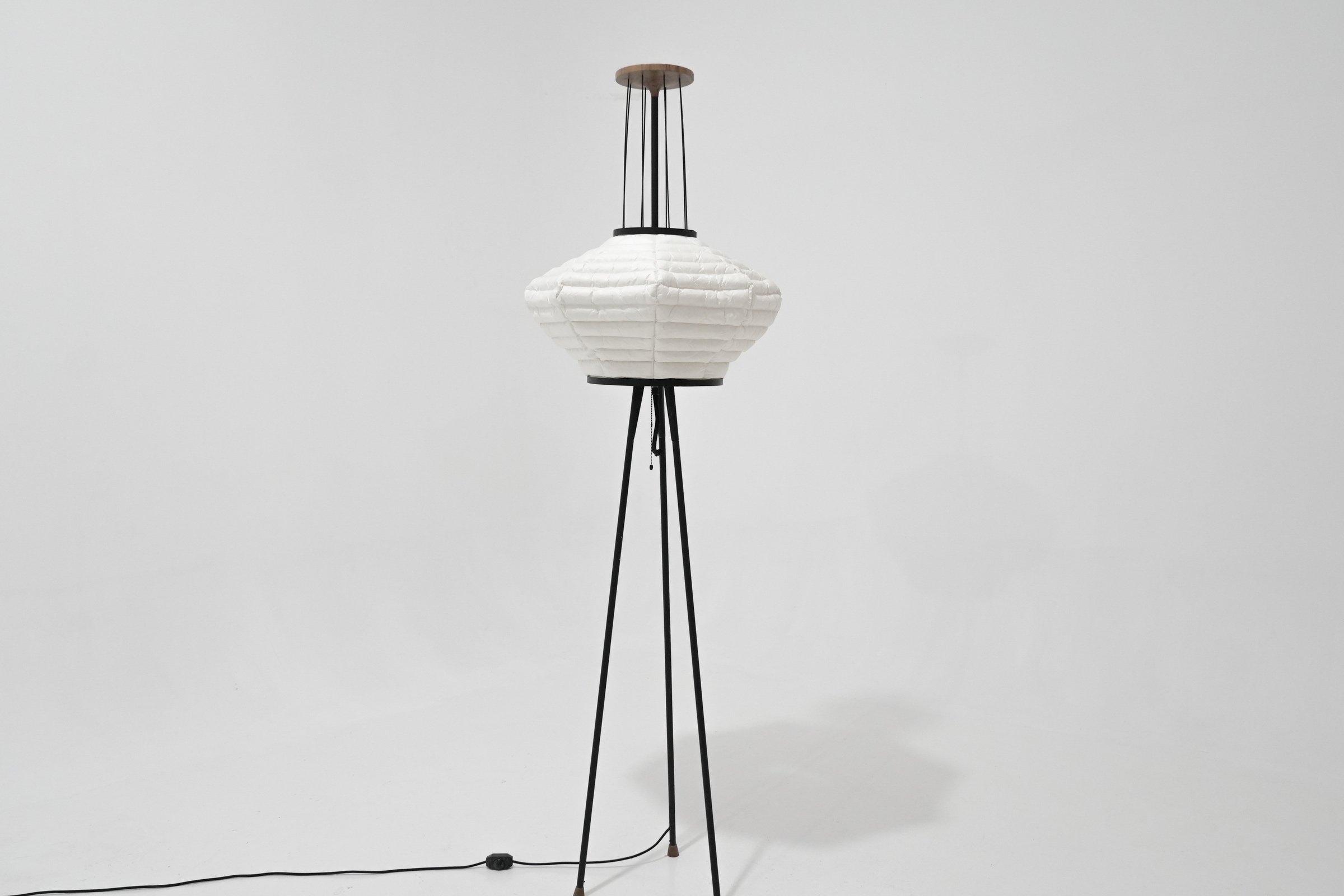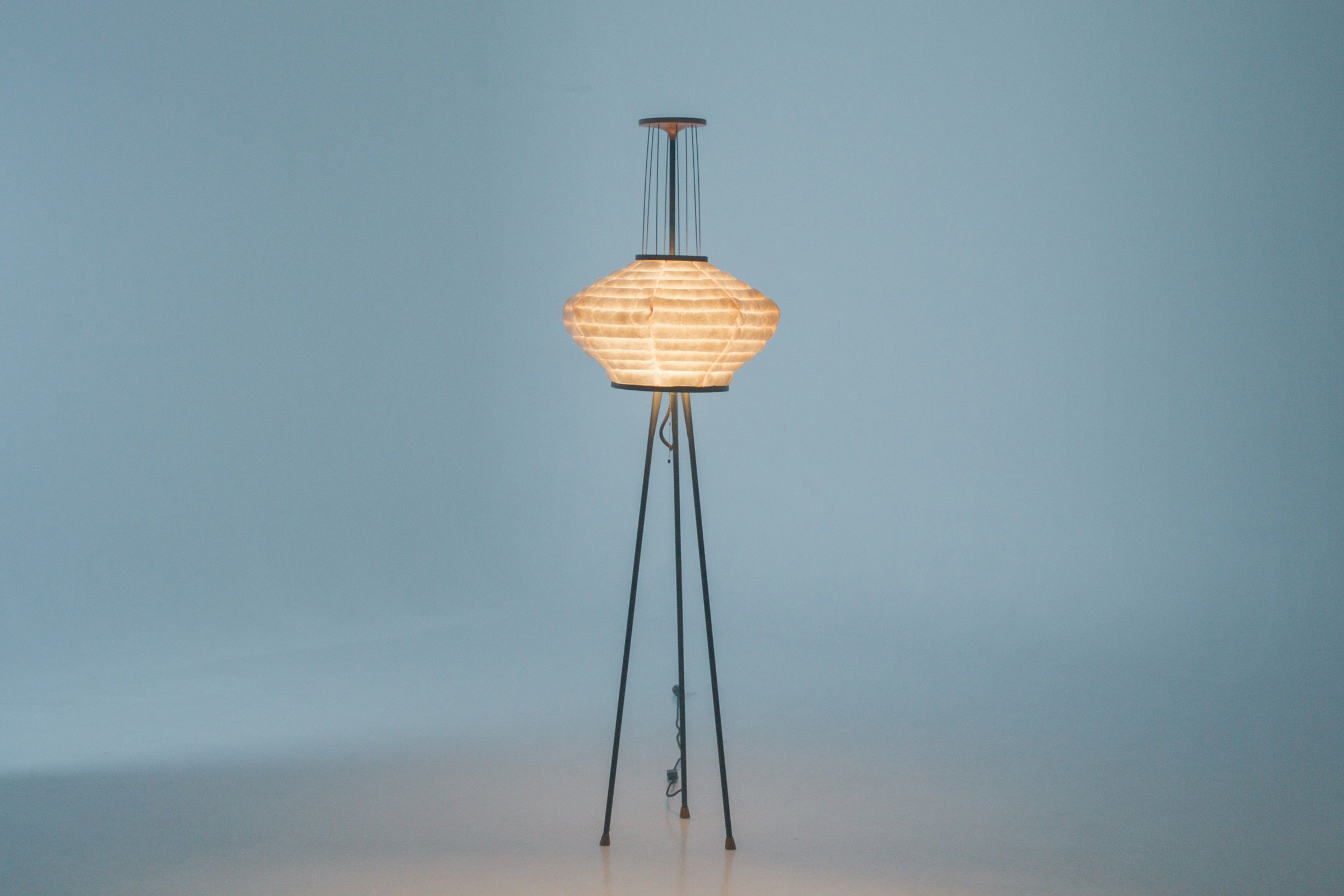Alexis Dornier Sees Lamps in a New Light
We speak with architectural designer Alexis Dornier about his recently launched ‘Tamashī Jiwa — the souls of space’ series of banana paper lamps
Design Anthology: What was the inspiration or thought process behind this new series of lamps?
Alexis Dornier: It started with a site visit to the workshop of a Japanese paper maker. I was intrigued by the way they reworked the fibres of banana plants into large sheets of different papers.
Many of the papers hanging to dry in the workshop had different textures, colours and opacities. The entire production cycle from the plant all the way to the paper was so immediately tangible — it was a very soothing experience. Nowadays, where everything is more and more abstract and complicated, it was refreshing to see the simple yet intricate process of people making something with love, without any complex machinery, just a large water basin and a few tools.
Feeling the sincerity of the workers celebrating their craft was a blissful experience. I knew I had to do something with this paper that we could put into our spaces, and that turned out to be a series of luminous sculptures.
In typical lamp shade construction, the paper is usually pasted onto frames made of wicker or other materials. The concept of folding had already been done, so I was looking for a different way to show this material. I asked ‘What if the paper could form a vessel, something three-dimensional, puffy and soft?’ I started to think about down jackets, cushions and blankets. I like the tactility and softness of these mundane objects, and the symbols they become. I thought it would be interesting to layer the idea of cosiness onto an object that filters light.
After trying numerous other materials, we started experimenting with chambers filled with recycled and shredded ocean plastic. We found that the plastic wool didn’t block any light, but it kept the chambers puffy and gave them that ‘inflated’ look and even helped to emphasise the glow of the chambers. And so these puffy paper cushions became the ‘cells’ with which we made lamp shades in different shapes.
What is it that you like about working with these materials?
The banana fibre paper behaves almost like a translucent fabric, a textile. The sewing and construction make it interesting, and we can change the size and shape of the paper chambers, or cells, so the opportunities are limitless.
The lamps are made by hand in Bali. It took us a while to optimise the various manufacturing steps, but we found small local businesses to make all of the components, which we assemble before shipping the lamps out.
What is it that you hope people will experience through your work?
My wish is that people get inspired to try new things. I am an architect by trade, and architecture is my comfort zone. It’s refreshing to change disciplines, as there are new challenges to meet and obstacles to overcome.
Images / Pete Kamynin




































